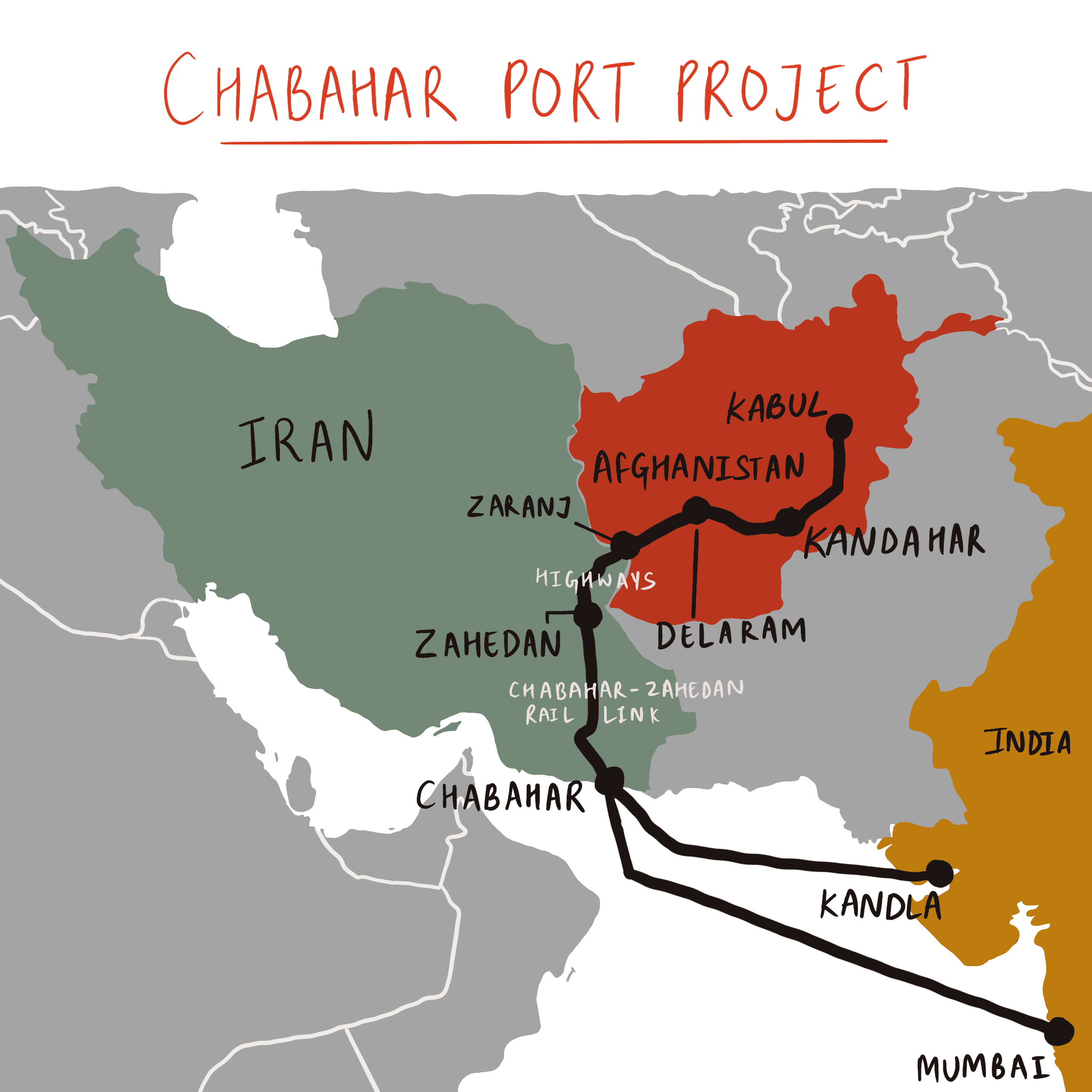UPSC Prelims 2017 Analysis
Subject wise MCQ distribution
- Polity and Governance: The highest weightage in the exam, with questions focusing on core constitutional concepts like democracy and rights, highlighting a return to traditional themes. Many followed the assertion-reasoning format, testing analytical abilities.
Economy: Heavily current affairs-based, covering topics such as GST, Monetary Policy Committee, and post-1991 reforms. Conceptual clarity was crucial for elimination-based questions.
Geography and Environment: Required conceptual clarity and linkages with current affairs, such as the Indian Ocean Dipole. Many questions incorporated maps for better understanding.
History: Weightage remained consistent, but factual knowledge was essential, especially for match the following and multi-statement questions.
Science & Technology: Mostly news-based, testing awareness of recent developments in biotechnology, AI, and space technology.
Government Schemes & Initiatives: A prominent focus area, covering policies related to education, health, and nutrition. Many questions were framed using the elimination technique.

Difficulty analysis
- Easy: Some Polity and Economy questions were straightforward for those who had covered NCERT and standard sources.
- Moderate: Many required linking static and dynamic aspects, such as governance and current affairs.
- Difficult: Environment, Geography, and factual History questions were particularly challenging.
- Tricky: Questions on conventions and alliances where India is not a member, along with misleadingly framed government initiative questions, posed difficulties.

Variations in Question framing
- Direct Questions: 42 direct questions, emphasizing understanding over rote memorization.
- Multi-Statement Based Questions: A significant 58 multi-statement questions, requiring a mix of static and current affairs knowledge. These took longer to solve but allowed option elimination.
- Application-Oriented Questions: Required candidates to link current events with static concepts, testing analytical abilities.
- Elimination-Based Questions: Many options were closely framed, making elimination techniques challenging.
- Deceptively Worded Questions: Designed to test deep knowledge, especially in areas like the National Investment and Infrastructure Fund.

Key learning for Future Preparation
- Strengthen Static Concepts: Read NCERTs and standard books thoroughly for a solid foundation.
- Follow a Reliable Newspaper: Sources like The Hindu, Indian Express, PIB, and PRS are essential for current affairs integration.
- Regularly Revise Government Schemes: Many questions are framed around policies from the India Year Book.
- Adopt a Balanced Approach: Expect a mix of analytical and factual questions; both require preparation.
- Use the Elimination Technique Wisely: Read questions carefully and systematically eliminate options to maximize accuracy.
- Avoid Over-Attempting: The tricky nature of the paper means reckless attempts can lead to penalties through negative marking.
- Strengthen Core Subjects: Excelling in Polity or History can help maximize scores in difficult papers.
- Solve Previous Year Papers: Recurring themes like the Trade Disputes Act and Liberalization highlight the importance of PYQs.
Subject-Wise Answer Key
QUESTION 1
Medium
International Relations
Prelims 2017
With reference to the role of UN-Habitat in the United Nations programme working towards a better urban future, which of the statements is/are correct?
- UN-Habitat has been mandated by the United Nations General Assembly to promote socially and environmentally sustainable towns and cities to provide adequate shelter for all.
- Its partners are either governments or local urban authorities only.
- UN-Habitat contributes to the overall objective of the United Nations system to reduce poverty and to promote access to safe drinking water and basic sanitation.
Select the correct answer using the code given below:
A. 1, 2 and 3
B. 1 and 3 only
C. 2 and 3 only
D. 1 only
QUESTION 2
Easy
International Relations
Prelims 2017
What is the importance of developing Chabahar Port by India?
A. India’s trade with African countries will enormously increase.
B. India’s relations with oil-producing Arab countries will be strengthened.
C. India will not depend on Pakistan for access to Afghanistan and Central Asia.
D. Pakistan will facilitate and protect the installation of a gas pipeline between Iraq and India.
QUESTION 3
Hard
International Relations
Prelims 2017
Consider the following statements:
- The Nuclear Security Summits are periodically held under the aegis of the United Nations.
- The International Panel on Fissile Materials is an organ of the International Atomic Energy Agency.
Which of the statements given above is/are correct?
A. 1 only
B. 2 only
C. Both 1 and 2
D. Neither 1 nor 2
QUESTION 4
Easy
International Relations
Prelims 2017
Broad-based Trade and Investment Agreement (BTIA)’ is sometimes seen in the news in the context of negotiations held between India and
A. European Union
B. Gulf Cooperation Council
C. Organization for Economic Cooperation and Development
D. Shanghai Cooperation Organization
QUESTION 5
Medium
International Relations
Prelims 2017
Consider the following statements:
- India has ratified the Trade Facilitation Agreement (TFA) of WTO.
- TFA is a part of WTO’s Bali Ministerial Package of 2013.
- TFA came into force in January 2016.
Which of the statements given above is/are correct?
A. 1 and 2 only
B. 1 and 3 only
C. 2 and 3 only
D. 1, 2 and 3
QUESTION 6
Hard
International Relations
Prelims 2017
With reference to ‘Asia Pacific Ministerial Conference on Housing and Urban Development (APMCHUD)’, consider the following statements:
- The first APMCHUD was held in India in 2006 on the theme ‘Emerging Urban Forms — Policy Responses and Governance Structure’.
- India hosts all the Annual Ministerial Conferences in partnership with ADB, APEC and ASEAN.
Which of the statements given above is/are correct?
A. 1 only
B. 2 only
C. Both 1 and 2
D. Neither 1 nor 2
QUESTION 7
Hard
International Relations
Prelims 2017
Consider the following in respect of the Indian Ocean Naval Symposium (IONS):
- Inaugural IONS was held in India in 2015 under the chairmanship of the Indian Navy.
- IONS is a voluntary initiative that seeks to increase maritime co-operation among the navies of the littoral states of the Indian Ocean Region.
Which of the above statements is/are correct?
A. 1 only
B. 2 only
C. Both 1 and 2
D. Neither 1 nor 2
